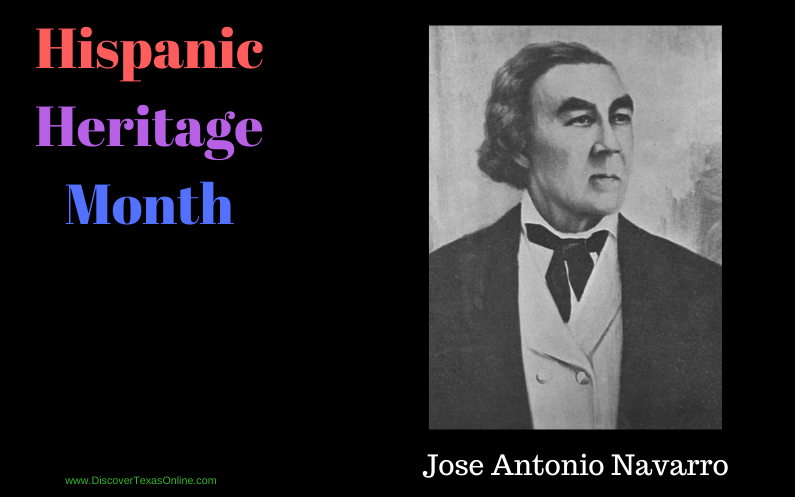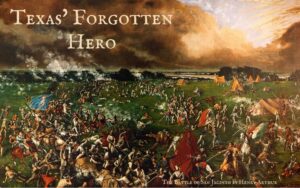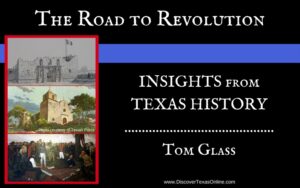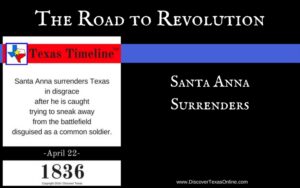
Neither fortune nor misfortune describe a man. José Navarro had plenty of both, but it’s what he DID with both his blessings and his trials that make him one of Texas’ greatest heroes.
Born February 27, 1795 to a distinguished noble family, his father was one of the earliest Spanish settlers from Corsica and a leading patriarch of San Antonio de Béxar, but his father died when Jose was a young teen.
When José was 18, the Emperor Napoleon had conquered Spain and put his French brother on the Spanish throne. Spanish citizens in Mexico rebelled, and Spanish citizens in Texas made their own bid for independence. The Spanish Loyalists who controlled the government of Mexico came to put down the rebellion, and José was one of the 1400 men who marched out to meet them. Lured into an ambush, he was one of only 100 survivors of the bloody Battle of Medina. While he lived, the horrors of that day must have had a profound effect on him.
A self-educated lawyer, Navarro and Stephen F. Austin shared similar visions for the future of Texas. They became fast friends, and Navarro helped Austin obtain the contracts he needed to act as an empresario bringing Anglo settlers into the region. Jose Navarro became land commissioner for the colony of another empresario, Green Dewitt. A proponent of democratic ideas, Navarro represented Texas in the legislature of the State of Coahuila y Tejas and also in the federal Congress of Mexico in Mexico City. He and Stephen Austin worked together to craft legislation that would be favorable to the people of Texas…but their ideas were not always well received.
When Texans rallied to seek independence in the 1830s, Navarro was once again in the thick of things. He was attending at the Convention for Texas Independence when Juan Seguin brought news that the Alamo had fallen and that all inside had been killed, including Navarro’s nephew by marriage, James Bowie. Navarro worked feverishly to negotiate the release of three family members–two women and a child–who had been taken into custody by Santa Anna’s army. (I’m sure he well remembered Santa Anna’s cruel treatment of civilians and women after the Battle of Medina!) José Antonio Navarro was among the first to sign his name to the Texas Declaration of Independence, and he later helped to craft and sign into effect a Constitution for the Republic of Texas.
After the Revolution, José Navarro represented Béxar County in the Republic of Texas Congress. He and Senator Juan Seguin worked to assure that Hispanic citizens in the Texas Republic would be treated fairly. Navarro also worked to set up schools in the San Antonio area, and he supported the annexation of Texas to the United States, helping to draft the first state Constitution. He served three terms in the Texas Senate, as well, before retiring to his ranch and private law practice in 1849.
Navarro eventually wrote many essays for the San Antonio Ledger about the history and politics of Texas as he witnessed it.
Navarro County is named in honor of José Navarro, and Navarro was given the honor of naming the county seat. He chose “Corsicana” in honor of his family’s native region in Spain.
José Navarro’s ranch home on Geronimo Creek near Seguin, Texas no longer stands, but the Celso-Navarro House he built in 1835 was moved to the Witte Museum in San Antonio where it is used to house administrative offices. Navarro’s law office and the home where he died in 1871 still stand on South Laredo Street in San Antonio.
Making the most of both privilege and hardship, José Navarro, together with his wife Margarita de la Garza, raised seven children and left a legacy to be proud of!
It was my privilege to learn more about him as we prepare to honor Hispanic Heritage Month.



